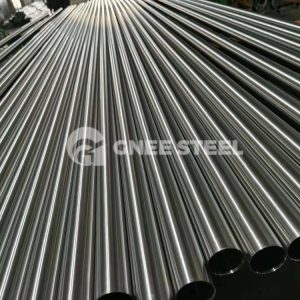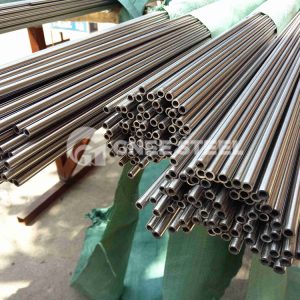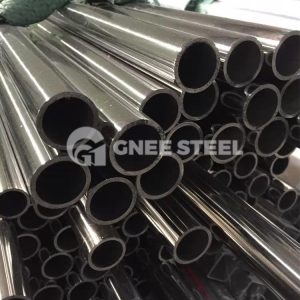Test Methods – ASTM A262
Testing intergranular corrosion susceptibility of austenitic stainless steels
Steel grade involved: Austenitic stainless steel
Test Method:
Experiment A – Ethanedioic acid immersion test for grading the immersion structure of austenitic stainless steels
Experiment B – Iron sulphide-sulphuric acid test for detecting intergranular corrosion sensitivity of austenitic stainless steels
Experiment C – Nitric acid test for detecting intergranular corrosion sensitivity of austenitic stainless steel
Experiment E – Copper – copper sulphate – sulphuric acid test for detecting intergranular corrosion sensitivity of austenitic stainless steel
Experiment F – Copper-copper sulphate-50% sulphuric acid test for the detection of intergranular corrosion sensitivity of molybdenum-resistant austenitic stainless steel

Detection method – ASTM A751
Detecting element content
Materials involved: steel, stainless steel, alloys, etc.
Sample source: Casting/melting process, finished products
Detection Method:
X-ray fluorescence spectrometer (XRF) – metallic elements
Spark Emission Spectrometer (OES) – metallic elements + non-metallic elements
Atomic Absorption Spectrophotometer (AAS) – solutions
Inductively Coupled Plasma Emission Spectrometer (ICPES) – solution
Combustion method – determination of C/S elements
Thermal conductivity or infrared detector – determination of C/S
Melting method – determination of N/O
Inductively Coupled Plasma Emission Spectrometer (ICP) or Directed Plasma Emission Spectrometer (DCP) – trace elements

Test Method – ASTM E45
Detection Methods: Method A (Worst Field of View), Method B (Length), Method C (Oxides and Silicates), Method D (Low-Value Miscellaneous Content), Method E (SAM Rating)
Rating charts: JK rating chart (A/D/E method), SAE chart (C method)
Detection of inclusions in steel
Involved: Class A – Sulphides, Class B – Aluminium oxides, Class C – Silicates, Class D – Spherical oxides
Sample source: Steel products

Test Method – ASTM E112
Detection of Grain Size of Metals
Applicable to both metals and non-metals (grain morphology similar to the grading chart)
Test Methods: Comparative: For recrystallised materials with equiaxial grains and cast table materials
Area method: equiaxed/non-equiaxed grains
Intercept method: suitable for any machined parts